#6 June 1944
Text
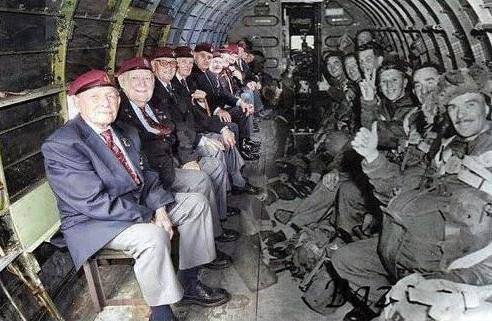
D-Day paratroopers over Juno Beach on 6 June 1944 and in 2004
#D-Day Anniversary#RCAF#Canadian paratroopers#WWII#Allied invasion#Normandy#On this day#6 June 1944#UK
149 notes
·
View notes
Text
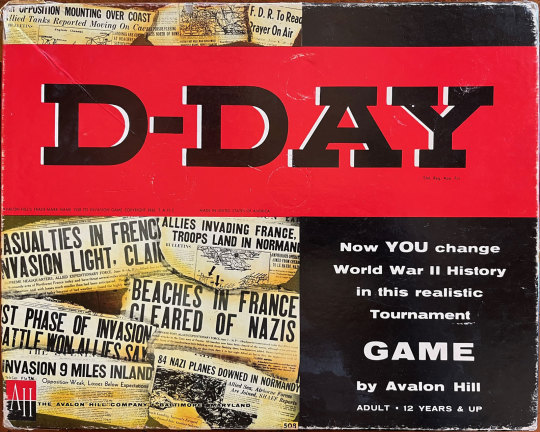

D-Day, designed by Charles S Roberts for Avalon Hill, 1961 -- Credited as the first "hex and chit" wargame, D-Day was published only 17 years after the events of June 6, 1944. My copy of D-Day appears to be the 1962 first revision, aka "1961B." The annual Charles S Roberts awards are named for the pioneering designer and founder of Avalon Hill.
#D-Day#D Day#Charles S Roberts#Avalon Hill#wargame#board game#WWII#wargaming#1960s#June 6 1944#June 6th 1944#6 June 1944
76 notes
·
View notes
Text
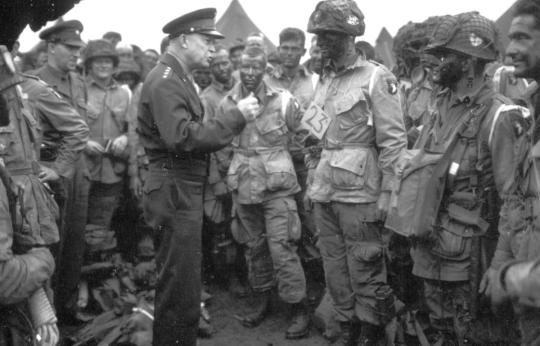

#D-Day#6 June 1944#General Eisenhower#Dwight Eisenhower#Normandy#France#Nazi#Nazis#invasion#World War Two#World War 2#WW2#Eisenhower#victory
47 notes
·
View notes
Text


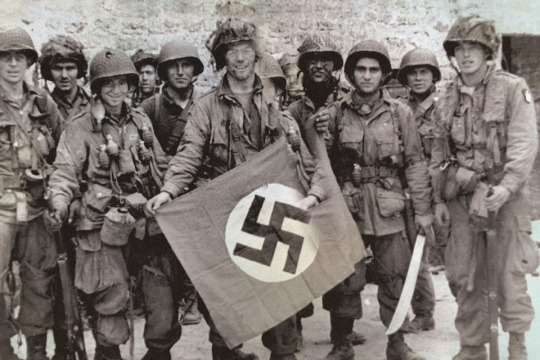








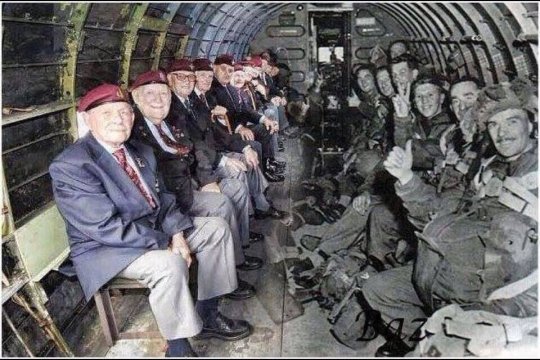


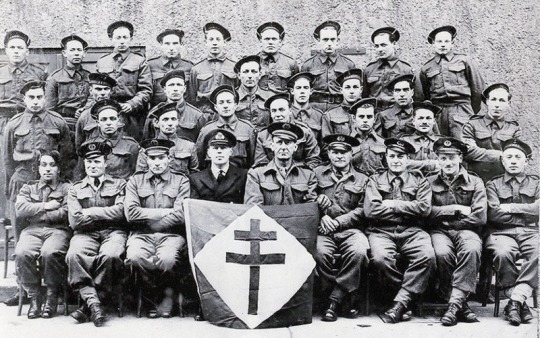
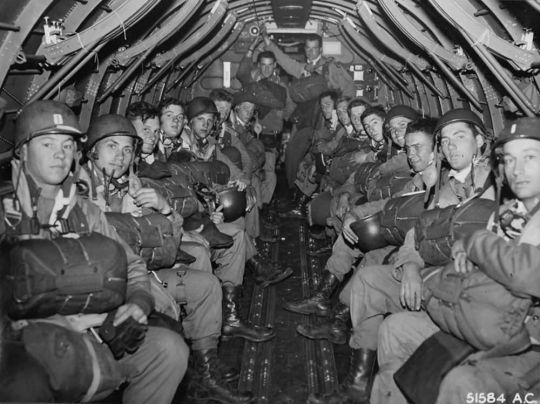
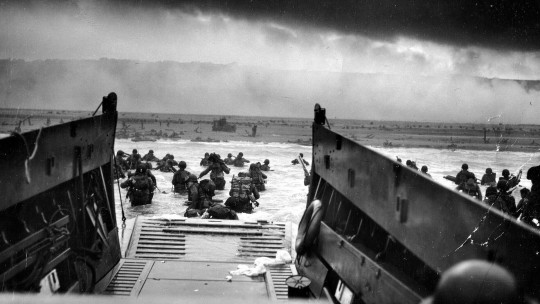
I have no words that have not already been said about the men and women who embarked on this endeavor, but I still thank them. I thank them from a place very few will ever know.
“We’ll start the war from right here!”
Brigadier General Theodore Roosevelt, Jr., assistant division commander of the 4th Infantry Division, first wave on Utah Beach. He would die 5 weeks later from a heart attack at 56 yo.
"You get your ass on the beach. I'll be there waiting for you and I'll tell you what to do. There ain't anything in this plan that is going to go right."
Colonel Paul R. Goode, in a pre-attack briefing to the 175th Infantry Regiment, 29th Infantry Division, Omaha Beach
50 notes
·
View notes
Text
Shame on you America!
Did they die in vain?
HEADLINE: U.S. Capitol police stop children’s choir from singing the National Anthem because “it might offend someone.”
https://billmichelmore.com/wp-content/uploads/2023/06/b3wjh8.mp4
HEADLINE: Fort Bragg in North Carolina renamed because the historic garrison was named after General Braxton Bragg, a Confederate general.
Many boys from the South were among the brave souls…

View On WordPress
0 notes
Photo

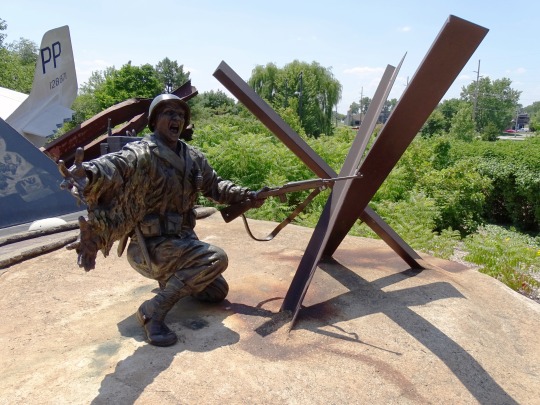
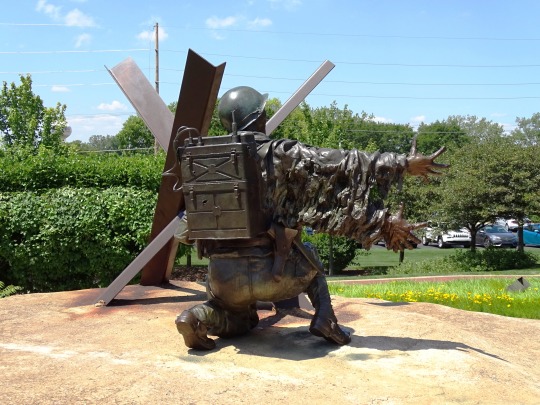


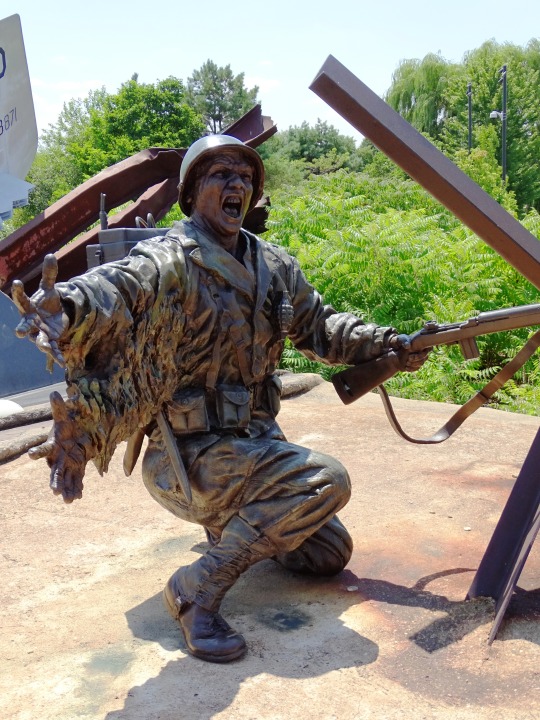

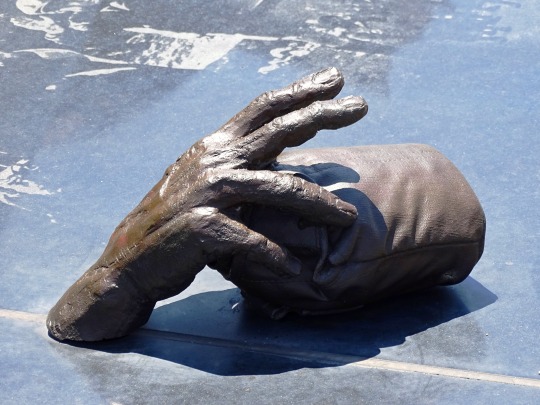
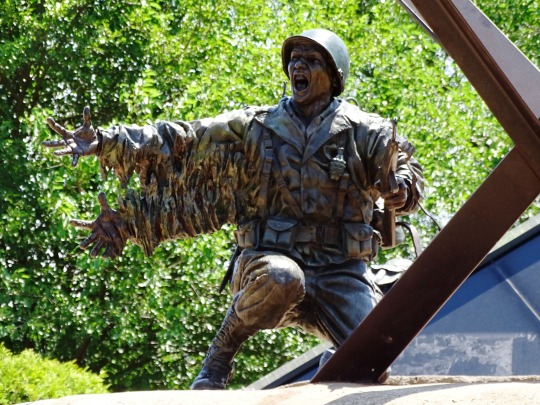

D-Day
Beginning in the spring of 1940, in the midst of World War II, Nazi Germany started occupying the northern part of France. They gained complete control of the area in May, when the British evacuated Dunkirk, a coastal city, during the Battle of France. But the Allies always hoped to return. In 1942, the United States and Britain began thinking about an invasion across the English Channel. Hitler, anticipating an invasion somewhere—although he did not know exactly where—put Erwin Rommel in charge of defense of a large swath of coastal areas and in charge of the creation of an Atlantic Wall, which consisted of fortifications of bunkers, landmines, and other beach and water obstacles.
The Allies codenamed their amphibious invasion of Normandy “Operation Overlord,” and placed Gen. Dwight D. Eisenhower in charge of it in January 1944. The invasion became known as D-Day, and its implementation would prove to be the start of the end of the war. The more obvious choice for the invasion was Pas de Calais, the spot with the shortest distance between Britain and Continental Europe. In fact, a deception campaign prior to D-Day made the Germans think that Pas de Calais—as well as Norway and some other locations—would be areas of invasion. Deception tactics included the use of fake equipment, George S. Patton’s phantom army—which was supposedly stationed across from Pas de Calais, fraudulent radio transmissions, and double agents. The beaches of Normandy were chosen instead because they were less heavily defended than Pas de Calais, but were still within air cover.
D-Day was originally scheduled for June 5, but it was pushed back a day due to bad weather. Eisenhower told his troops, “You are about to embark upon the Great Crusade, toward which we have striven these many months. The eyes of the world are upon you.” Five thousand ships, 13,000 aircraft, and over 160,000 American, British, and Canadian troops readied for invasion.
Airborne operations started in the early morning hours of June 6, preceding the amphibious landing by about 5 hours. Over 13,000 paratroopers from the U.S. 82nd and 101st Airborne Divisions, the British 6th Airborne Division, and the 1st Canadian Parachute Battalion were dropped behind enemy lines and worked to secure bridges and exit roads. An additional 4,000 men of the glider infantry landed using 500 gliders.
The amphibious landing took place over a 50 mile stretch of beachfront in Normandy, on the French coastline. There were five beaches where the landing took place. From west to east they were Utah, Omaha, Gold, Juno, and Sword. The Allies faced rather light resistance at all the beaches except Omaha. That beach was the most heavily defended of the five, and also had a difficult terrain consisting of bluffs and cliffs.
Although the Allies achieved their objective of gaining a foothold on the continent, it was not without heavy losses. By some estimates, over 4,000 Allied troops were killed, and another 5,000 or so troops were wounded. The beaches were secured by June 11, and over 326,000 troops had landed, as well as 50,000 vehicles and 100,000 tons of equipment. By the end of June, 850,000 Allied troops and 150,000 vehicles were on the continent. The Battle of Normandy lasted until late August when Paris was liberated and northern France was taken back from the Nazis. Preparations were then made to head towards Germany. The Germans were defeated in the Spring of 1945, and surrendered on May 8. All of this became possible because of the valiant efforts of those on D-Day! We remember them and their service and sacrifice today!
How to Observe
The day may be observed in a number of ways:
Visit the National D-Day Memorial in Virginia.
Visit The National WWII Museum in New Orleans.
Visit the Omaha Beach Memorial Museum on Omaha Beach.
Go to the Overlord Museum in Normandy, France.
Keep an eye out for events taking place at D-Day memorials and museums or at other locations.
Watch a feature film or documentary that focuses on D-Day.
View photos of D-Day.
Read a book on D-Day.
Source
#lone infantryman on Omaha Beach#Community Veterans Memorial#Munster#Indiana#huge#very impressive#free admission#tourist attraction#USA#landmark#Midwestern USA#public art#sculpture#6 June 1944#US history#anniversary#D-Day#Omri Amrany#WWII#World War Two#World War II#cityscape#vacation#travel#summer 2016
0 notes
Text
On this day, 79 years ago, 326,547 troops and 54,186 vehicles were deployed to the beaches of Normandy.
This day is better known as The Day of Days or D-day, codenamed "Operation Overlord."



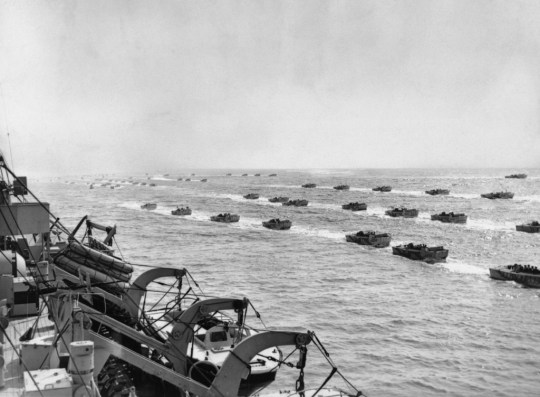
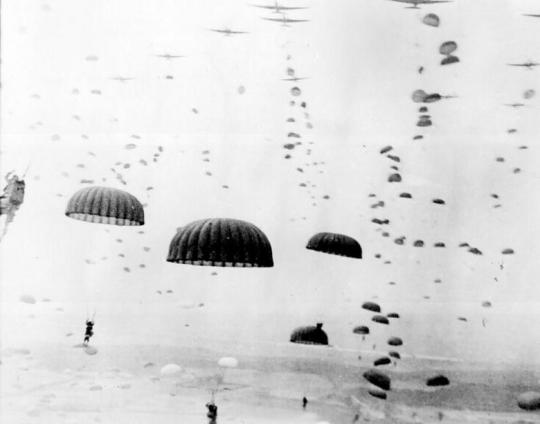

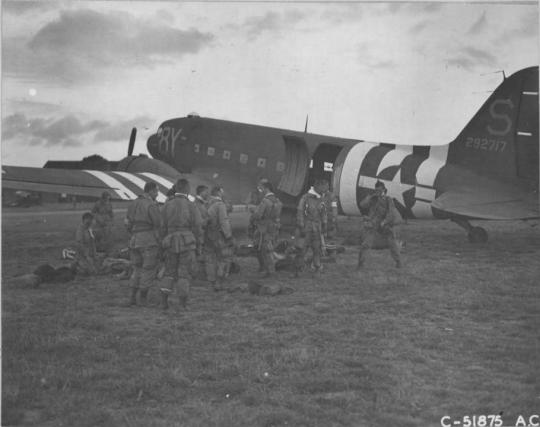

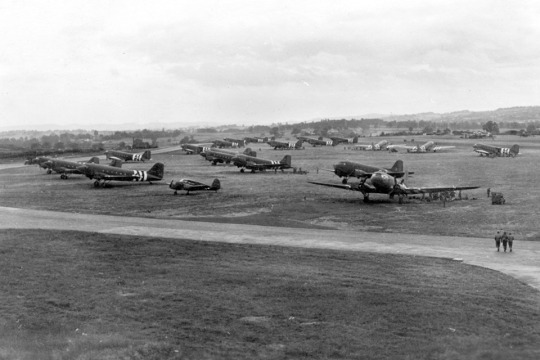
#D-day#day of days#june 6 1944#June 6th#Invasion of Normandy#Normandy#Utah#Omaha#Juno#Gold#Sword#allied forces#band of brothers#hbo war#Ww2#ww2 veterans#wwii history#wwii germany#Douglass C-47#Hi ho silver!#the pacific#america
222 notes
·
View notes
Text

"Here in a jumbled row for mile on mile are soldiers packs. Here are socks and shoe polish, sewing kits, diaries, Bibles and hand grenades... Here are toothbrushes and razors, and snapshots of families back home staring up at you from the sand..."
Ernie Pyle, June 6, 1944
109 notes
·
View notes
Text

Operation Overlord - D-Day - June 6th 1944
On this day 79 years ago allied troops began landing on beaches in Normandy for the D-Day invasions. The beaches were given the code names UTAH, OMAHA, GOLD, JUNO, and SWORD. The invasion force included 7,000 ships and landing craft manned by over 195,000 naval personnel from eight allied countries. Almost 133,000 troops from the United States, the British Commonwealth, and their allies, landed on D-Day.
#D-Day landings#Normandy#june 6 1944#paratroopers#utah beach#omaha beach#Pegasus bridge#operation overlord#sword beach#gold beach#Juno beach
59 notes
·
View notes
Text
On this day in 1944, the hinge of European history began to turn.
#On this day#6 June 1944#Juno Beach#France#WWII#Normandy landings#Allied invasion#British Army#Europe#Operation Overlord#US Army#armed forces#Canadian Army
50 notes
·
View notes
Text
Today is the 79th Anniversary of Operation Overlord
On June 6, 1944, nearly 160,000 British, Canadian, and American troops crossed the English Channel to attack Hitler’s Fortress Europe at Normandy. It was the largest amphibious operation in history.

Above: Map depicting the D-Day landings by Allied forces.

Above: The text of the Order of the Day for 6 June 1944 issued by Supreme Headquarters, Allied Expeditionary Force (SHAEF) and General Dwight D. Eisenhower.
Prior to the assault, the United States’ 82d and 101st Airborne Divisions were assigned objectives on the Cotentin Peninsula west of Utah Beach, while the British 6th Airborne Division was assigned to capture the bridges over the Caen Canal. The Airborne operations were intended to impede the German response to the beachhead. Supreme Allied Commander (European Theater of Operations) had been told that casualties among the Airborne units could be as high as 80%. They jumped into Europe anyway.
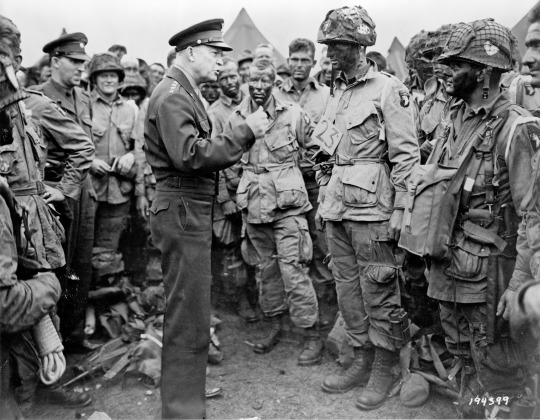
Supreme Allied Commander General Dwight D. Eisenhower speaks to men of the 101st Airborne prior to their boarding lanes that would take them to jump into Normandy. Eisenhower stayed at the airstrip until all of the planes had taken off safely before returning to his headquarters. Happily, casualties among the paratroopers were much lower than predicted. Of approximately 13,100 paratroopers who jumped into battle, approximately 2,500 (19%) were killed, wounded, or missing by the end of D-Day.
Approximately 3,000 landing craft and 2,500 ships were used during the invasion. Preliminary naval bombardment of German positions commenced at 05:45 and continued until 06:25 from five battleships, twenty cruisers, sixty-five destroyers, and two monitors. Infantry began arriving on the beaches at around 06:30.
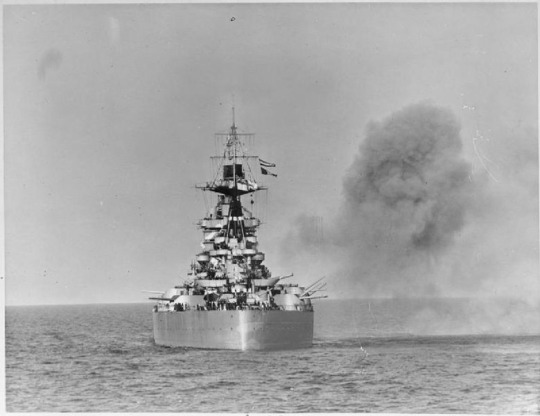



Above: (Top) The Battleship HMS Rodney fires on German positions at Caen, (Lower Left) Battleship USS Arkansas engages the enemy at Omaha Beach, (Lower Middle) Battleship USS Nevada fires her ten 14-inch guns in support of the Invasion, (Lower Right) Battleship USS Texas underway en route to England to participate in the Invasion.

Above: US Troops begin to establish a beachhead, signaling the beginning of the end of the Nazi occupation of Europe.
On D-Day, some 132,000 men were transported to the beaches by sea, and a further 24,000 entered France by air. The battlefield conditions were brutal and the Allied hold on the beaches was tenuous, particularly at Omaha Beach, the sector most heavily defended by German troops. But they held on. By July 25, 1944, the Allies had landed approximately 1.5 million troops in France and were ready to implement Operation Cobra, the Allied break out from Normandy. By the end of August, approximately 2,050,000 Allied troops had landed in France and resistance by Hitler’s Wehrmacht was crumbling.
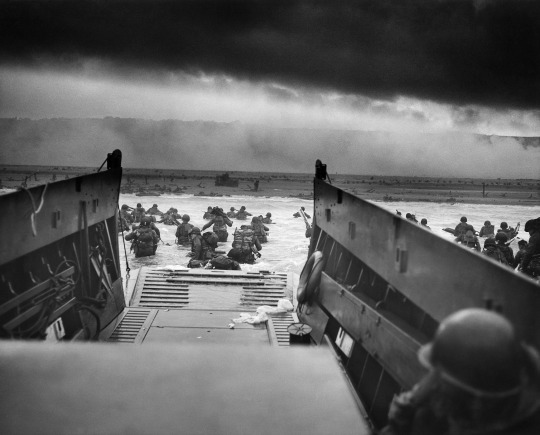
Above: US Troops exit a landing craft to attempt to establish a beachhead at Omaha Beach.
The Allies suffered approximately 226,000 casualties during the period from D-Day to the end of August: the American armies suffered 124,394 casualties, of whom 20,668 were killed, and 10,128 were missing. Casualties within the Canadian and British Armies are placed at 83,045: 15,995 killed, 57,996 wounded, and 9,054 missing.
During the same period, Allied air forces flew over 80,000 sorties in support of Operation Overlord, suffering approximately 17,000 additional casualties and the loss of over 4,000 aircraft.
They truly were the Greatest Generation. After what they did for all of us, it is only fitting that we pause for a moment to remember and reflect on the sacrifices they made at the altar of freedom.
#operation overlord#june 6 1944#d-day#general dwight d eisenhower#normandy#landing craft#airborne#paratroopers#101st airborne#82d airborne#thankful#grateful#respect#heroes
18 notes
·
View notes
Text

Thank you
D-Day June 6, 1944
12 notes
·
View notes
Photo
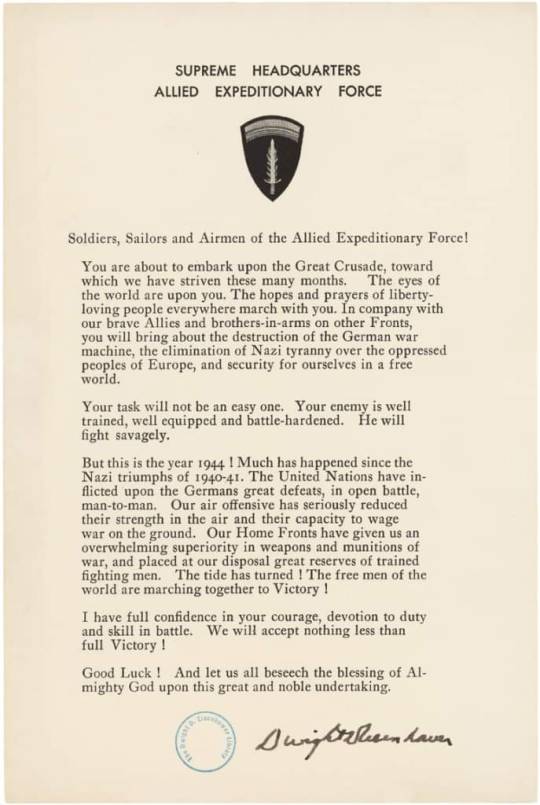
6 June 1944
11 notes
·
View notes
Text

43 notes
·
View notes
Text



D-Day June 6th 1944
Recent photos overlaid with the same 1944 locations on the beaches of Normandy.
8 notes
·
View notes
